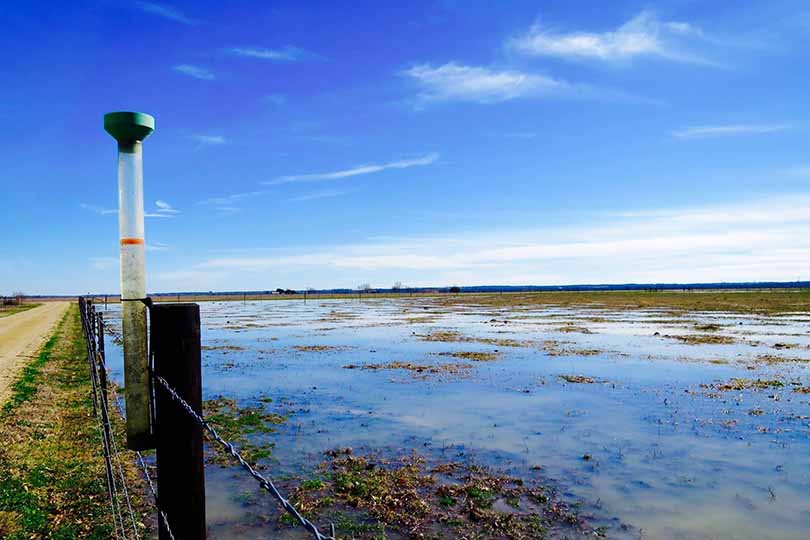By Jessica Domel
Multimedia Editor
The Supreme Court of the United States (SCOTUS) will not put legal challenges to the Environmental Protection Agency’s (EPA) Waters of the U.S. (WOTUS) rule on hold.
The court announced it will continue its jurisdictional consideration for WOTUS legal challenges in early April after President Donald Trump issued an executive order calling for a review, and possible rewrite, of the rule by EPA Administrator Scott Pruitt and the assistant secretary of the Army for Civil Works.
The order states it is in the national interest that navigable waters are kept free from pollution while at the same time promoting economic growth, minimizing regulatory uncertainty and showing due regard for the roles of the Congress and the states under the Constitution.
The president called for a review of the rule and any language that could allow EPA and the Army Corps of Engineers to use the rule to gain regulatory authority over areas that are often dry, but sometimes hold water.
The order goes on to urge Pruitt and the assistant secretary of the Army for Civil Works to notify the attorney general of the pending review so he may, if he chooses, inform the court and take measures he feels appropriate concerning any litigation until the review and additional administrative proceedings are completed.
It also urges review of EPA’s use of “navigable waters” in future rulemaking and asks that the term is defined in a manner consistent with the opinion of the late Justice Antonin Scalia in Rapanos v. United States.
There, SCOTUS ruled the Clean Water Act does not give broad authority over all waters.
While the administration works through the tasks outlined in the order, SCOTUS will consider whether the U.S. Courts of Appeals are the appropriate jurisdiction for the legal challenges.
At least 25 states, including Texas, and other entities, including Texas Farm Bureau and Matagorda County Farm Bureau, have filed suit against the WOTUS rule in courts across the nation.
In late January, SCOTUS granted the request by the National Association of Manufacturers to review of the Sixth Circuit’s decision to mediate the WOTUS challenges.
The controversial rule expands EPA’s regulatory authority under the Clean Water Act, allowing it to fine landowners who work in or near areas that hold water or occasionally hold water and connect with a larger body of water.
The rule went into effect in August 2015. It was stayed nationwide in October of that year.

